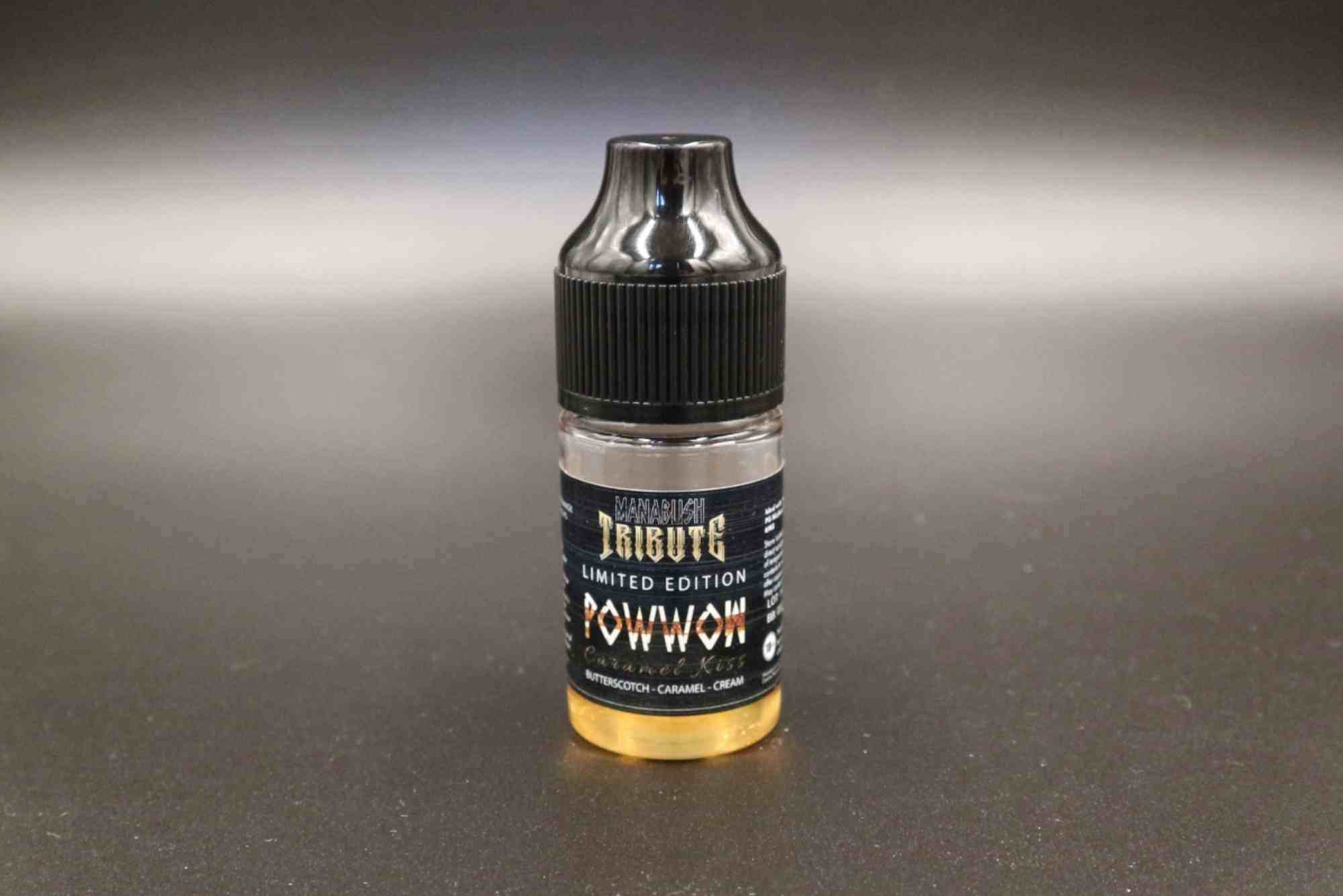Best Buys and Allowances: A Complete Expert Guide
Understanding best buys and allowances has become essential for shoppers, business owners, and anyone looking to optimize spending. These two concepts—often used in pricing, retail promotions, and financial planning—play a major role in helping people save money while making better purchasing decisions. In this comprehensive guide, you will learn what best buys and allowances mean, how they work, and how to use them to your advantage in today’s dynamic marketplace.
What Are Best Buys and Allowances?
Best buys and allowances refer to financial strategies that help buyers and sellers adjust prices, improve affordability, and offer additional value. A best buy is simply the product or service that provides the highest value for its price. Allowances, on the other hand, are discounts or reductions that make purchases more attractive, such as trade-in allowances, promotional allowances, or cash discounts. Together, best buys and allowances create opportunities to maximize value in both personal and business transactions.
Why Best Buys and Allowances Matter
The focus keyword best buys and allowances plays a key role in modern financial decisions. With rising costs and shifting consumer behavior, understanding how to secure the best deals is essential. Allowances enable buyers to stretch budgets further, while best buys help ensure money is spent on high-value items. When used strategically, these two concepts lead to smarter financial planning, more effective marketing for businesses, and better long-term outcomes for consumers.
How Best Buys Work in Everyday Purchases
Best buys help shoppers choose the most valuable option among alternatives. Rather than focusing only on price, this approach evaluates cost against factors like durability, performance, features, and long-term savings. A low-priced item is not always a best buy if it lacks quality. Instead, the best buy balances affordability and value. Consumers increasingly rely on reviews, expert opinions, and comparison tools to determine which products qualify as best buys in their category.
Types of Allowances You Should Know
Allowances influence pricing and can significantly lower the total cost of a purchase. Companies use them to attract buyers, promote loyalty, and support retailers. The most common types include trade-in allowances, quantity allowances, promotional allowances, and cash allowances. Each one reduces the price in a different way, helping customers enjoy better deals while helping businesses boost sales. Understanding these allowances is key to leveraging them effectively.
How Trade-In Allowances Benefit Buyers and Sellers
Trade-in allowances allow customers to exchange old items to reduce the price of new ones. This is common in industries like automotive, electronics, and appliances. Buyers enjoy lower upfront costs, while sellers benefit from customer loyalty and increased sales volume. In many cases, trade-in allowances also support sustainability by encouraging customers to recycle or reuse old products. This creates long-term value for both businesses and consumers.
Using Allowances to Optimize Business Pricing
Businesses use allowances to optimize pricing strategies and maintain competitiveness. They may offer discounts to retailers who promote their products or provide incentives for bulk orders. These allowances help companies reach consumers more effectively and encourage large-volume purchases. For businesses, understanding best buys and allowances is critical for creating pricing models that increase revenue without compromising customer satisfaction.
How Consumers Can Identify the Best Buys
Finding the best buys requires research, comparison, and awareness of market trends. Consumers should consider product features, reviews, long-term value, and warranty coverage. Looking for seasonal discounts, promotional allowances, and bundle offers can further enhance savings. The best strategy includes comparing different brands, evaluating user experiences, and checking ratings on trusted platforms. This ensures purchases offer the best possible return on investment.
Best Buys and Allowances in E-Commerce
In the digital age, online shopping platforms use best buys and allowances to attract customers. E-commerce websites highlight top-value products, offer cashback allowances, provide trade-in programs, and give exclusive online-only discounts. Personalized recommendations and algorithms help shoppers discover best buys tailored to their preferences. Allowances such as free shipping or bonus points also enhance perceived value and encourage repeat purchases.
Tips for Maximizing the Benefits of Allowances
Shoppers can make the most of allowances by staying informed about current promotions. Signing up for newsletters, reward programs, and price-alert tools can reveal opportunities to save. Many retailers offer limited-time allowances during holidays or special sales events. Using credit card rewards or loyalty points adds even more value. Combining multiple allowances can lead to significant savings when making large purchases.
How Businesses Use Best Buys and Allowances for Marketing
Companies promote best buys and allowances to attract customers and improve their competitive position. Highlighting high-value products as best buys helps create strong brand perception, while allowances serve as incentives that drive conversions. Retailers often use these strategies in promotional campaigns to increase visibility and encourage shoppers to choose their products over competitors’. When done effectively, these marketing tactics improve customer retention and boost brand loyalty.
The Psychology Behind Best Buys and Allowances
Both best buys and allowances tap into consumer psychology. Buyers feel more confident when they believe they are getting a great deal. Allowances such as trade-ins or cashback offer immediate gratification, while best buys reduce buyer remorse by assuring high value. Understanding this psychology helps businesses design better pricing strategies and helps consumers make decisions that align with their financial goals.
Common Mistakes When Choosing Best Buys
While searching for best buys and allowances, many shoppers fall into common traps. Focusing solely on price is one of the biggest mistakes. A product with a lower price may not offer the best value if it performs poorly or has a short lifespan. Another mistake is ignoring hidden costs such as maintenance or shipping fees. Relying too heavily on marketing claims without verifying through reviews can also lead to poor choices. Awareness of these pitfalls helps shoppers make more informed decisions.
Practical Examples of Best Buys and Allowances
Many real-world examples illustrate how best buys and allowances work. When purchasing a new smartphone, buyers might receive a trade-in allowance for their old device. Retailers may highlight the most cost-effective model as the best buy during seasonal sales. In the automotive industry, cash allowances are commonly used to reduce purchase prices, making new models more affordable. These examples show how best buys and allowances work across various industries.
How Allowances Support Long-Term Financial Planning
Allowances not only help with immediate savings but also support long-term financial planning. By using trade-in programs, cashback offers, or quantity discounts, individuals and families can allocate funds more efficiently. Businesses also benefit by integrating allowances into procurement strategies, reducing operational costs over time. Smart use of allowances enhances financial stability and contributes to better budgeting.
Best Buys and Allowances in Personal Finance
Personal finance experts often emphasize the importance of identifying best buys and leveraging allowances. When choosing insurance plans, financial tools, or household services, best buys help ensure maximum value. Allowances in the form of tax credits or government incentives can significantly reduce expenses. Applying these strategies consistently leads to healthier financial habits and improved economic well-being.
Future Trends in Best Buys and Allowances
The future of best buys and allowances is shaped by technology, artificial intelligence, and personalized pricing. AI-driven algorithms will continue to help consumers identify best buys more accurately. Businesses will use data analytics to create more targeted allowances, rewarding loyalty and improving customer experience. As sustainability becomes more important, trade-in allowances and eco-friendly incentives will gain momentum across industries.
Best buys and allowances are essential tools for anyone aiming to make smarter, more economical decisions. By understanding how they work, consumers can maximize value, reduce costs, and make informed purchases. Businesses benefit as well by improving pricing strategies and attracting loyal customers. If you want to enhance your financial habits and purchase decisions, now is the perfect time to apply these principles. Start analyzing your options today and take control of your spending with confidence.
Frequently Asked Questions
What is a best buy?
A best buy is the product or service that offers the highest value based on price, quality, and features.
What is an allowance in marketing?
An allowance is a price reduction offered to encourage purchases, such as trade-in allowances, bulk discounts, or promotional incentives.
How do trade-in allowances work?
Trade-in allowances let customers exchange old items for a discount on a new purchase, commonly used in electronics and automotive sales.
How can I find the best buys online?
Compare products, read reviews, check expert ratings, and use price-alert tools to identify top-value items.
Why are allowances important for businesses?
Allowances help businesses attract customers, encourage high-volume purchases, and remain competitive in the market.







